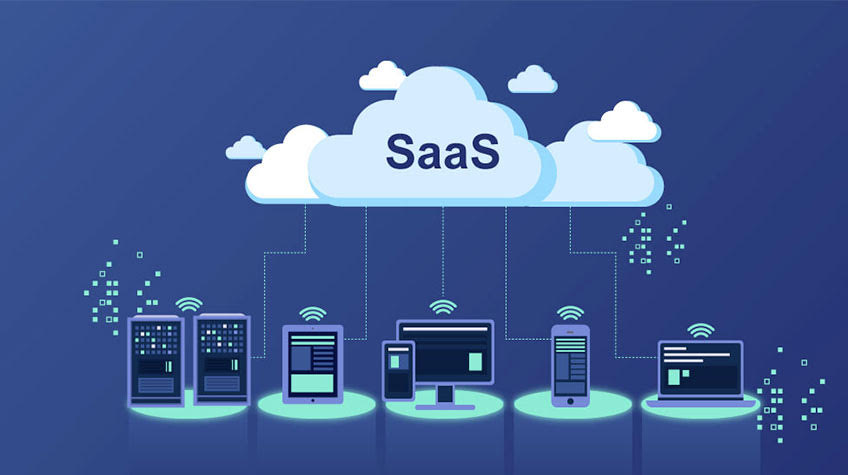Fax machines are still an important fixture in medical offices across the world. According to the 2012 National Physicians Survey, faxing is still a major method of communication between health care practitioners, with the transference of medical records and test results being two of the most important tasks. At the time of the survey, fax was used by 63 percent of physicians, and even today, practitioners are still utilizing fax to transmit information between offices and help provide patients the best care possible.
However, processes sometimes break down, especially with older systems. In the region of Newfoundland and Labrador, Canada, doctors have apologized to several patients who missed follow-up appointments within the past month. According to CBC News, 24 patients of two separate health authorities were tested in mid-July and didn't have necessary follow-ups scheduled because their doctors did not receive the results of their tests due to a faxing error.
"Medical imaging reports of 13 patients didn't make it through the organization's faxing system."
At Central Health, 11 patients that had tests done on bodily fluid or tissue required a clinical follow-up. According to representatives from Central Health, paper copies of patients' test results are customarily sent to primary care providers, but the reports of these 11 patients were not activated to print and thus weren't faxed to the proper individuals. In addition, medical imaging reports of 13 patients from Western Health didn't make it through the organization's faxing system.
How can this situation be prevented?
Even in today's health care environment, with the pressure to adopt meaningful use policies forcing institutions to move to electronic medical records, faxing is still an important way to transfer information from one practice to another. As evidenced by the mistakes of the Canadian health authorities, doctors still rely on faxes to send and receive important information that has a bearing on the care patients receive. When faxes don't go through or when systems break down, it can have consequences for all parties involved.
Fax through IP, like the solutions offered by FaxCore, can contribute to the elimination of the kinds of problems experienced by the Canadian health organizations. Easy-to-use cloud-based fax systems don't require nearly as much paper as traditional fax, and they can provide an enhanced level of security. Without the need for physical equipment, fax-to-email allows practitioners to more easily comply with HIPAA standards that govern the safety of patients' confidential medical information.

EHRs and fax
Electronic health records are also contributing to the migration of health care practices from the physical to the electronic, and fax-over-Internet-protocol systems can make a difference in EHR adoption. According to TechTarget contributor Yvonne Li, Internet fax technology now has the capability to integrate with EHR systems – bringing health care faxing into the 21st century and allowing organizations to send files without the hassle of a traditional fax process.
In order to fully integrate EHRs into the health care industry, providers need to take steps to ensure EHR systems are being as useful as they can be. Hospitals and Health Networks contributor Todd J. Kislak stressed the importance of seeking interoperability between systems when implementing EHRs. FoIP solutions offer one example of this interoperability. The potential benefits of integrating fax solutions with EHRs are clear. One of the main advantages of making the shift from paper to electronic records is that it becomes easier to manage and store files without wasting time and space in organization. With the added bonus of integrating fax solutions with EHRs, offices can eliminate much of their paper files and open up office space.
At the end of the day, when health care practitioners are more organized and their systems are working fine, it can make a difference on the quality of patient care that organizations are able to provide. Patients have less of a chance of missing follow-up appointments, and their records remain safe according to HIPAA standards. FoIP solutions can help bridge the information gap between offices and will act as another tool in the health care arsenal.
Enhance enterprise communication, collaboration and compliance efforts with a proven FoIP solution from FaxCore. Contact FaxCore today to learn more about their 'Partly-Cloudy' fax solutions.




